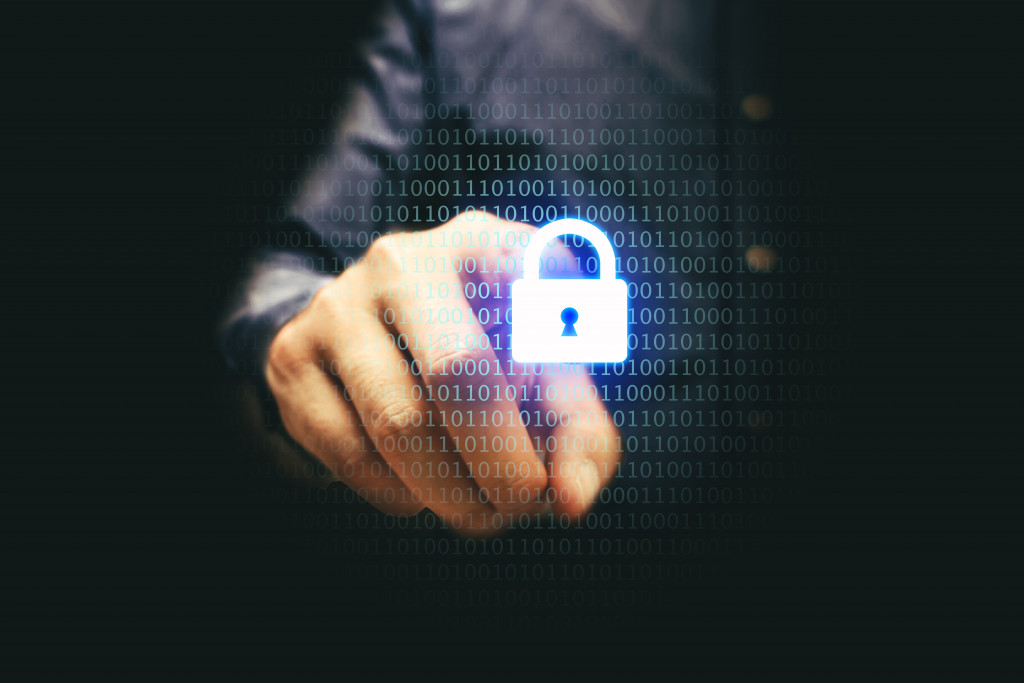There are physical and cyber threats everywhere. No matter where you go and what you do, there will always be people lurking in the shadows; waiting for the perfect moment to strike. And because you are unaware of their presence or intention, you won’t have the chance to protect yourself against their attacks.
That’s one of the biggest reasons why multi-level security is key in the success of any business endeavor. Indeed, this is even truer in the digital age because the threats aren’t limited to what’s happening in real life anymore—cybercriminals can create virtual attacks to steal valuable data and exploit the owners in exchange for monetary gain.
When you have a large facility that houses your core operations, pieces of equipment, and business data, you must ensure their safety. That’s because losing even a day’s worth of data and production can set your business back, which means you have to work double-time to keep them operational.
But you can’t just focus on one or the other; you have to protect your business both physically and virtually so that you can eliminate all the potential threats to your safety. To do that, here are a few tips about where you can start and how you can implement your new safety protocols:
Physical Security
Understandably, you’ll want to invest most of your resources on your revamping your cybersecurity measures because cyber-threats and attacks are becoming more prevalent. However, you can’t leave your facilities to fend for themselves against thefts, sabotage, or even corporate espionage.
Simply relying on CCTV cameras and an outdated security system are not enough to deter burglars from stealing your equipment, products, or data. Aside from theft, your facilities may also be vulnerable to sabotage, which may put your employees’ and customers’ lives at risk. That can force your business into closure and cost you expensive reparations for the damages that the victims who were caught in the crossfire sustained.
That’s why if you can afford to get warehouse security management, you should because it can increase your overall safety. This way, not only will you have a reliable and comprehensive security system on-site, but you’ll also have a trained team of security personnel making rounds in your facility 24/7.
You must prioritize your business’ physical safety along with your cybersecurity, especially because you have just as much to lose, if not more when your on-site facility is targeted. Imagine if someone broke into your facility without your knowledge and set the place on fire. Once you figure out who is responsible for the incident, it would be too late to save your assets or the lives lost in the event.

Cybersecurity
In the digital age, no device or technology is 100% safe from harm. Cyber-attacks are happening more frequently than before, and the targets are no longer limited to those with fairly substantial wealth. Individuals, businesses, organizations, and even governments have become the usual targets of these attacks.
This is the reason why you have to increase the cybersecurity measures you have in place because there’s no telling when a cybercriminal will launch an attack on your business. Considering that the attacks will be happening virtually, it’s even harder to tell when someone is loitering in your network and stealing your data.
Although it would be impossible to completely evade all potential data breaches, you can mitigate the risks by enhancing your cybersecurity system. For one, you must regularly keep your systems up to date so that they can take advantage of the latest security protocols created by your chosen provider.
Cybersecurity protocols must also be enforced not only for your IT department but for all the employees who have access to your private network. They need to be familiar with the policies in place because they are most vulnerable to phishing scams, viruses, and malware every time they use the internet.
As a safety precaution, it could bode well for your business if you were to routinely back up all your databases at the end of the day so you can reduce the risk of losing valuable data. Consider using cloud-based data servers rather than on-site data centers because these can also be damaged over time.
When you’re running a business, it means that you’re trying to stay one step ahead of the competition by having a good sense of your assets and liabilities. You can’t just keep prioritizing your ability to make a profit if your customers’, employees’, and facility’s safety are at risk, especially because sustaining damages on those aspects will affect your bottom line.

